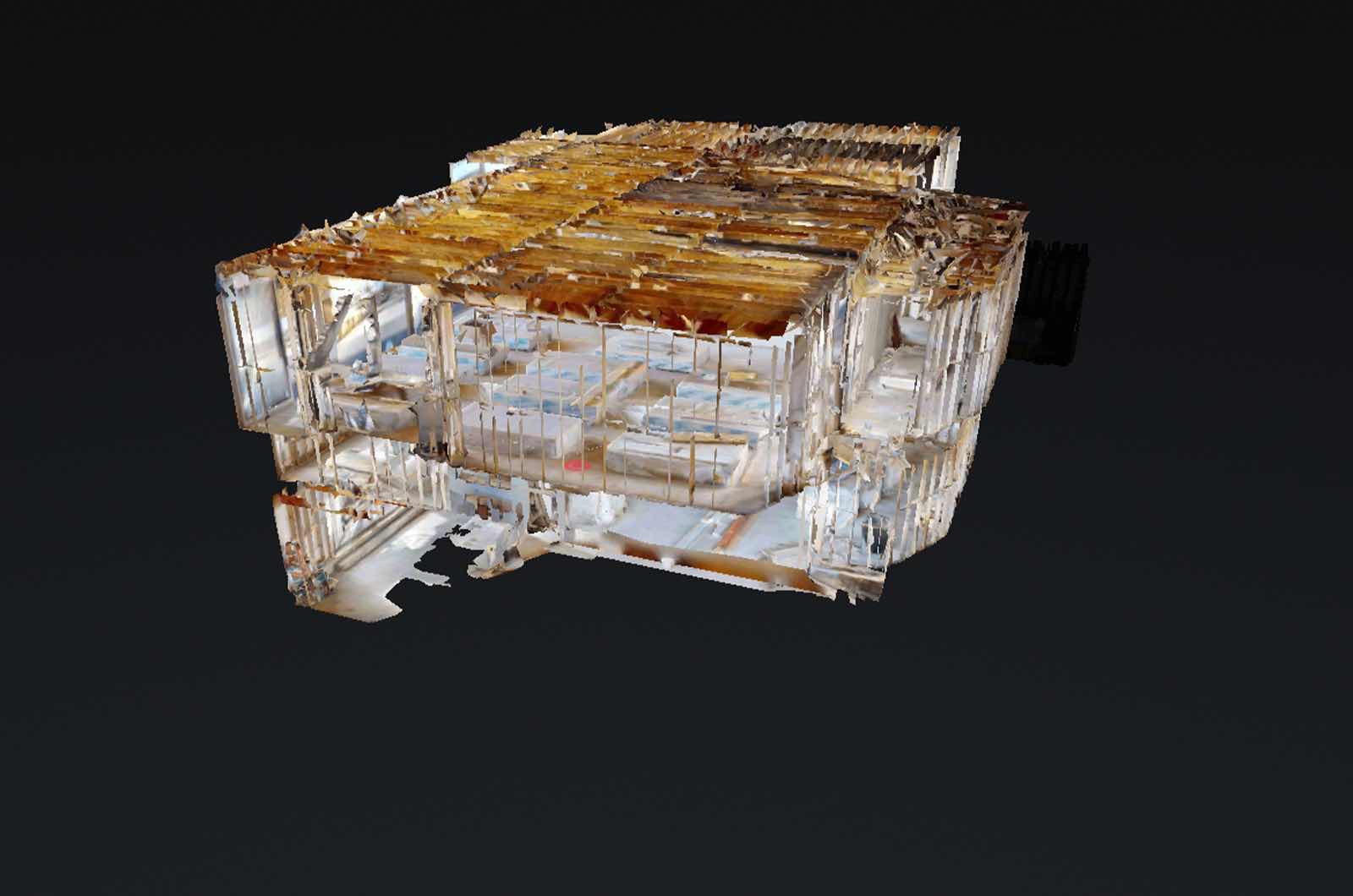In the fast-evolving digital landscape, innovative marketing strategies can significantly amplify the visibility and appeal of commercial properties. Among these, 360 virtual tours have emerged as a game-changing tool, especially in the realm of warehouse marketing.
These immersive experiences not only showcase the spatial dynamics of a property but also provide a rich, interactive platform for potential clients. This blog will delve into the transformative potential of 360 virtual tours in warehouse marketing, introducing fresh perspectives and actionable advice to elevate your property in the digital marketplace.
Crafting Immersive Experiences: The 360 Virtual Tour Edge
360 virtual tours offer a dynamic and engaging way to present warehouses to potential clients. Unlike traditional photography or video tours, a 360 tour provides an immersive experience, allowing clients to explore every nook and cranny of the property at their own pace and from the comfort of their location. For warehouse marketing, this means showcasing not just the space, but also the operational potential and logistical advantages of the property.
Interactive Storytelling: Beyond Just Viewing
The true power of 360 virtual tours lies in their interactive capabilities. Don’t just show; engage. Integrate interactive elements like clickable hotspots to provide detailed information about specific areas of the warehouse, such as loading docks, storage capacities, or energy-efficient installations. Use these features to tell a story about the warehouse, highlighting unique selling points like advanced security systems, temperature-controlled zones, or state-of-the-art inventory management technology.
Seamless Integration: The Tech-Savvy Warehouse
In the age of smart technology, warehouses are not just physical spaces but pivotal nodes in a complex supply chain. Reflect this in your 360 virtual tours by integrating data-driven overlays that offer real-time information or analytics about the warehouse operations. This could include data on energy consumption, traffic flow within the warehouse, or even predictive analytics on space utilization. Such integrations position your warehouse as a forward-thinking, tech-savvy facility, appealing to clients looking for efficiency and innovation.
Virtual Reality (VR) Showcasing: The Next Frontier
Take your 360 virtual tours to the next level by incorporating VR capabilities. Allowing clients to experience the warehouse in virtual reality can significantly boost engagement and emotional connection with the property. This immersive experience can be particularly beneficial for international or remote clients, offering them a comprehensive, lifelike tour without the need for physical travel.
Accessibility and Inclusivity: Opening New Doors
Ensure that your 360 virtual tours are accessible and inclusive, catering to a diverse range of clients. This includes optimizing the tours for different devices and internet speeds, as well as incorporating features for clients with disabilities. For instance, providing audio descriptions or text overlays can make your tours more accessible to visually impaired clients, ensuring that your marketing efforts reach a wider audience.
SEO Optimization: Maximizing Visibility
Leverage the SEO potential of your 360 virtual tours. Ensure that the tours are embedded with relevant keywords, meta descriptions, and tags that highlight the unique features of your warehouse. Additionally, hosting the tour on your website can improve dwell time and engagement rates, positively impacting your site’s SEO ranking. Also, consider integrating the virtual tours with your Google Business profile to enhance visibility in local searches.
Feedback and Analytics: The Path to Continuous Improvement
Utilize analytics tools to gather data on how potential clients interact with your virtual tours. Track metrics like engagement rates, most viewed sections, and user navigation patterns. This data can provide valuable insights into client preferences and behavior, guiding you in refining and optimizing your virtual tours and overall marketing strategy.
Conclusion:
360 virtual tours represent a powerful nexus of technology and marketing, offering a dynamic and engaging platform to showcase warehouses. By crafting immersive experiences, integrating interactive storytelling, embracing cutting-edge VR, ensuring accessibility, optimizing for SEO, and leveraging analytics for continuous improvement, you can significantly enhance the market appeal of your warehouse.
In the digital age, where the first interaction with a property is often online, a well-executed 360 virtual tour can set your warehouse apart, captivating potential clients and paving the way for successful transactions. Embrace this innovative tool and let your warehouse stand out in the digital marketplace.







